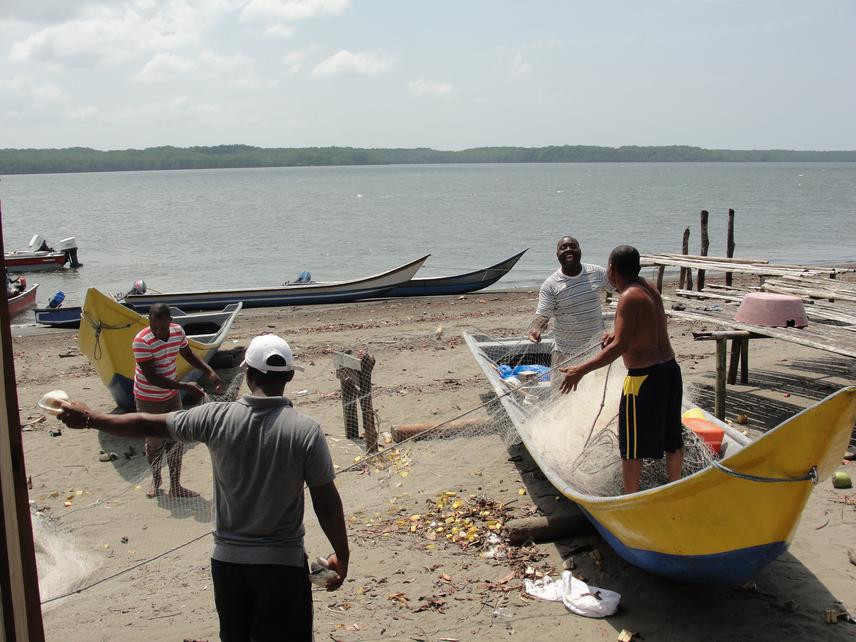Gustavo Adolfo Castellanos Galindo
Other projects
26 Feb 2008
Tides and Seascape Configuration – Determinants of Reef Fish Intertidal Migration in the Tropical Eastern Pacific (Colombia)
10 Sep 2009
Fish Tidal Migrations in Mangroves of the Tropical Eastern Pacific (Colombia): Potential Nursery Areas for Fishing Resources
This project aims at providing a holistic understanding of two mangrove socio-ecological systems that develop in extreme weathers in the Tropical Eastern Pacific region (Sanquianga-Colombia and Tumbes-Peru)

Mangrove ecosystems provide fundamental services to human beings, but are severely threatened by anthropogenic and climatic factors. Increased climatic variability and the arrival of unprecedented climate extremes will cause severe changes in the world’s coastal socio-ecological systems.
Sanquianga National Park in the southern Colombian Pacific is considered the largest mangrove reserve of the whole Tropical Eastern Pacific region (ca. 80.000 ha). The Tumbes Mangal National Santuary (ca. 3000 ha) in North Peru is the largest mangrove area of this country and is located near the southern limit of mangrove distribution in the Tropical Eastern Pacific. Both areas have suffered during the last 30 years from increased anthropogenic perturbations (e.g. deforestation, overfishing). By studying these systems that experience extreme climate conditions (very wet in Colombia and very dry in Peru), it will be possible to derive likely scenarios of climate change in mangroves of this region.
This project will:
(1) determine, at a very high resolution, the temporal patterns of mangrove habitat use by fish and crustaceans in two climatically contrasting areas,
(2) produce and compare socio-ecological loop models of the two mangrove ecosystems incorporating scenarios of climatic variability,
(3) quantify the economic contribution of mangrove-associated resources to fisheries yields in the two areas and explore how this contribution could be affected by climatic variability
(4) identify flagship species that could provide basis for future conservation actions in these two areas.
This comparative approach will prove useful to understand the possible consequences of climate change on coastal socio-ecological systems, allow better management actions at both protected study areas and aid environmental agencies in future decision making. The project’s ultimate goal is to provide a basis for the (holistic) understanding of the functioning of mangrove socio-ecological systems under climatic variability with application to other mangrove areas in the Tropical Eastern Pacific region.